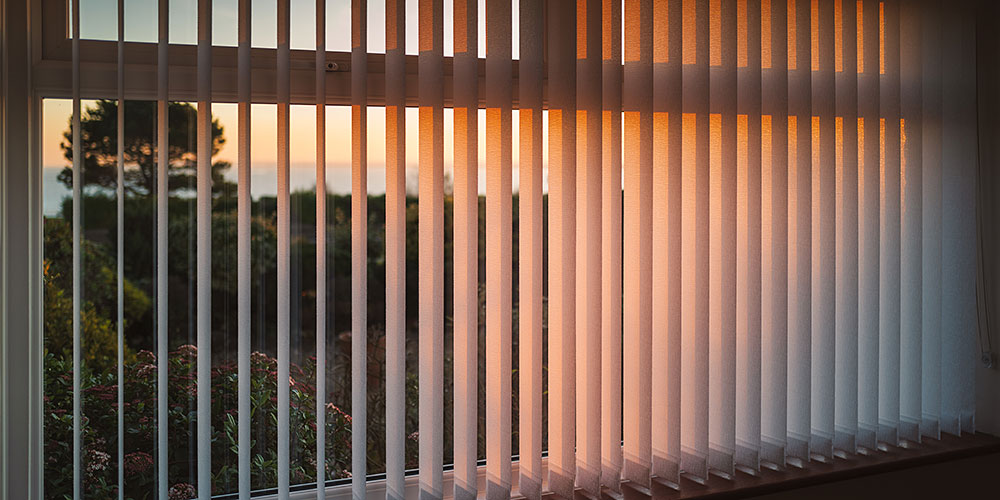A healthier life in the right light
It has long been proven that daylight has a positive influence on physical and mental health. Nevertheless, this knowledge is rarely used in everyday life or in clinical practice. The Integrative Human Circadian Daylight Platform aims to change this over the next few years. The interdisciplinary project, led by the University of Basel, is supported by the Velux Foundation with more than two million Swiss francs.
19 September 2022 | Yvonne Vahlensieck
“Many older people, even healthy ones, suffer from poor sleep quality,“ says Dr. Mirjam Münch. “They sleep less deeply and wake up frequently.“ The sleep researcher and chronobiologist suspects that a lack of daylight contributes to the problem. In an ongoing study, she is investigating whether daylight in combination with other low-threshold measures can improve sleep quality in the long term.
This study is just one example of the various endeavours of the Integrative Human Circadian Daylight Platform iHCDP. The project was launched last September and is led by Professor Christian Cajochen, Director of the Centre for Chronobiology, at the University Psychiatric Clinics, Basel. Funding of over two million Swiss francs for the next four years is provided by the Velux Foundation Switzerland.
The aim of the platform is to promote daylight research - both through its own research projects and by supporting the interdisciplinary exchange of scientists with the help of a data hub and collaboration with national and international partners.
In addition, daylight research will be linked with the fields of aging research and ophthalmology. The public will also gain better access to and benefit from the findings of this research. “What is new about our platform is that it connects experts on very different levels,“ says program coordinator Dr. Miriam Ries. The platform is divided into three modules, which are dedicated to basic research, application-oriented research and the development of new therapies, respectively.
Improving indoor lighting
Dr. Mirjam Münch leads the module that promotes the implementation of scientific findings from daylight research into the everyday environment: For example, her study on the sleep quality of elderly people could help architects to take into account the influence of daylight when building retirement homes. It is also conceivable that guidelines for optimal lighting design in public buildings could be derived from it. “We assume that long-term implementation of such approaches can improve the health of everyone, not just the elderly,“ she says.
The exact biological mechanisms behind the positive effects of daylight, however, are not yet fully understood. That is why a second module of the platform focuses on the physiological effects of daylight. Current findings indicate that light in the non-visual spectrum triggers signals on the retina of the eyes. These signals are then transmitted to the brain and set the internal clock. The head of this module is Professor Manuel Spitschan at the Max Planck Institute for Biological Cybernetics in Tübingen and at the Technical University of Munich.
Light can heal
Finally, the third module aims to advance the development of light-based therapies. “Light information from the environment is transmitted to the core biological clock in the hypothalamus via specialized cells in the retina of the eye,“ Münch says.
“Nowadays, we are often exposed only to electric lighting, which makes it difficult for biological clocks to distinguish between day and night, in part because there is too little light during the day and too much light in the evening.“ Combined with other factors that interfere with the synchronization of the circadian day/night rhythm, this can increase the long-term risk of numerous diseases - from diabetes and cardiovascular disease to sleep disorders and depression.
To test innovative treatments with a chronotherapeutic approach, Dr. Corrado Garbazza will soon establish a Circadian Health Clinic at the Center for Chronobiology. The potential of this approach is illustrated in a recently published study by his research group: half an hour of light therapy for six weeks significantly reduced the risk of depression during or following pregnancy.
The platform wants to keep the public informed about the latest findings in daylight research at various events and via digital channels. This is also intended to increase public awareness of how important light exposure is to well-being. “We want to share our results with the general population as much as possible,“ Münch says. “Science should not hide in its ivory tower.“



